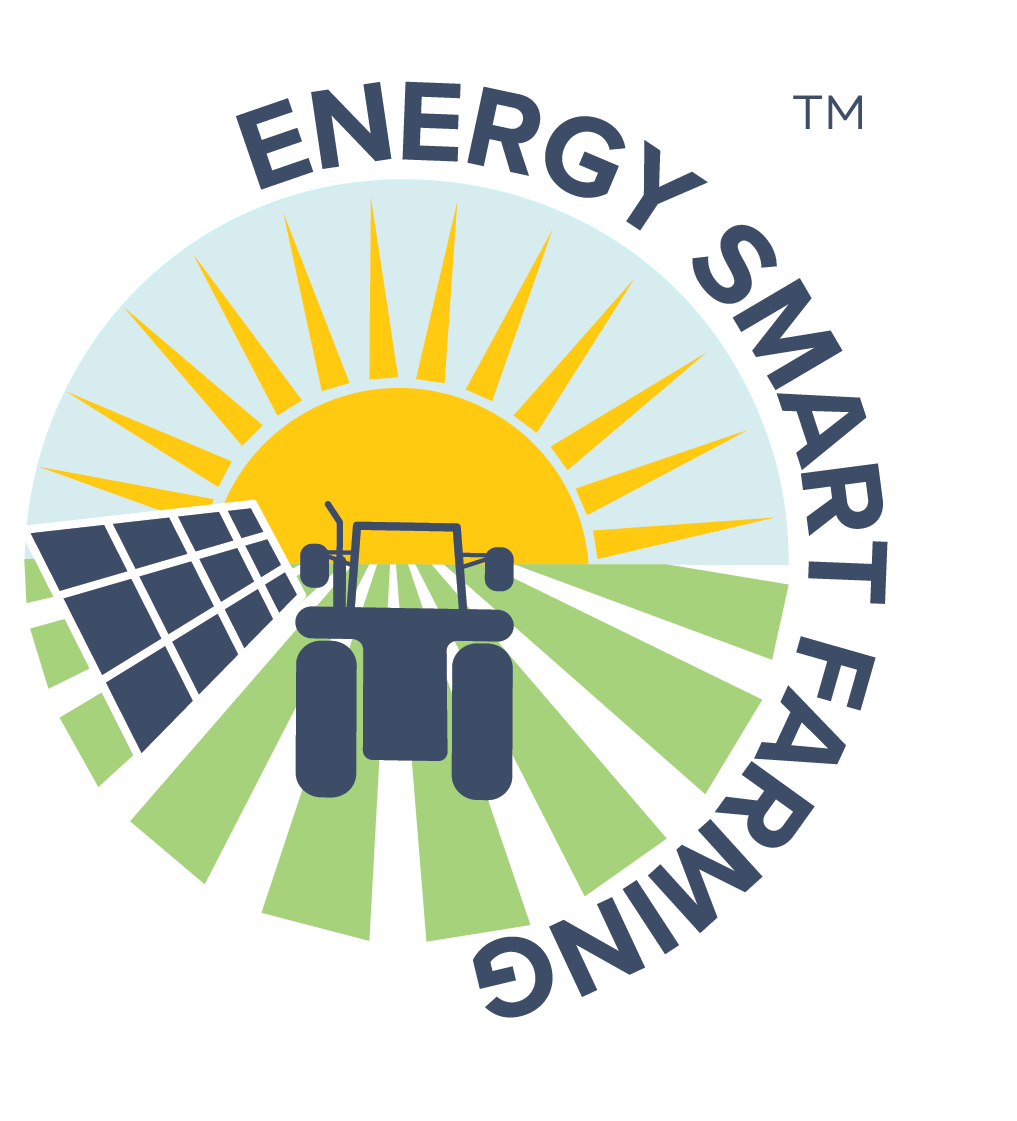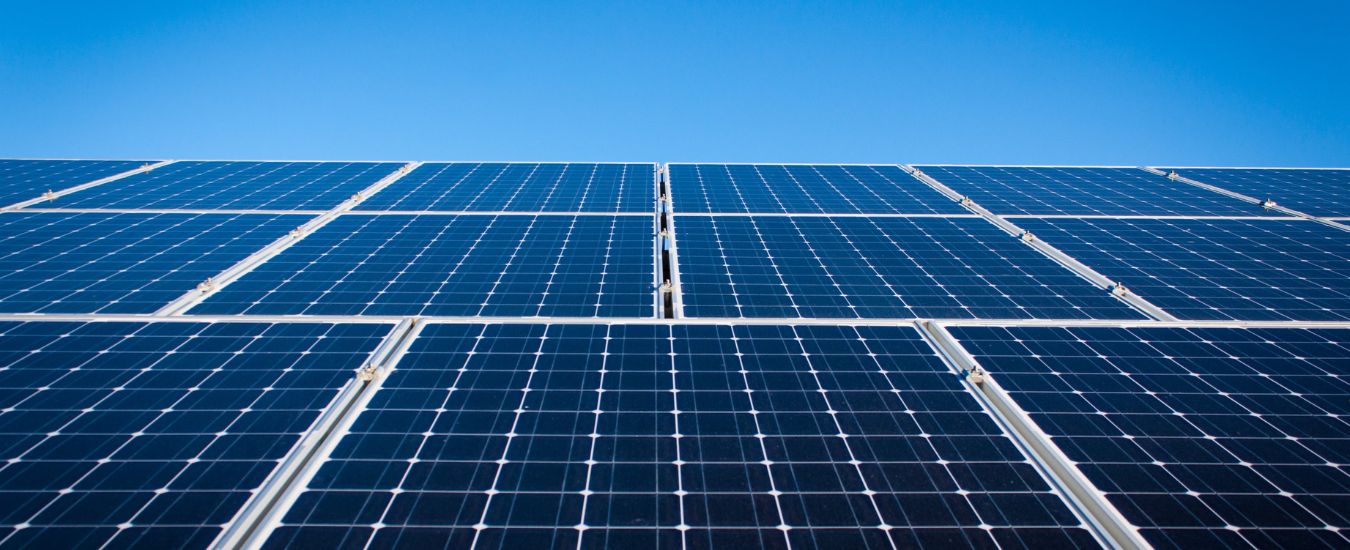Dairy Australia have updated their energy resources to assist dairy farmers to reduce their energy use and costs. Reducing energy use on farm is one the easiest and quickest ways to reduce greenhouse gas emissions and costs. Energy audits show on average Australian dairy farms use 48 kWh/kL of milk. The three main energy uses in the dairy are milk cooling, hot water heating and milk harvesting which make up 80% of the dairy shed energy costs.
The Dairy Australia resources are designed to assist dairy farmers to:
- identify where energy demand or wastage can be reduced,
- identify energy efficiency opportunities;
- explore renewable energy options.
The resources provide guidance on what can work on farm, investment costs, expected savings and payback periods along with tips and tricks so that you get the best solution for your business.
A good place to start is with the Dairy shed easy energy tune-up. It provides guidance and some easy actions farmers can take to improve dairy shed energy efficiencies including electrical metering, chiller cooling systems, water heating and vacuum pumps.
Dairy Australia has used a range of formats from the Saving energy on dairy farms booklet, recording of the Saving energy on dairy farms – quick wins and planning for long term savings webinar, factsheets, short videos, and DairyPod podcast episodes.
Energy saving tips resources:
- Energy saving tips resources
- Saving energy on dairy farms booklet
- Saving energy on dairy farms – quick wins and planning for long term savings webinar
Energy Saving Tips Short Videos:
- Energy saving tips – chiller ventilation
- Energy saving tips – getting the most out of solar
- Energy saving tips – cooling milk effectively
- Energy saving tips – renewable energy storage
- Energy saving tips – cleaning your chiller
- Energy saving tips – water heating



